


Built to Be Ridden
Learn about Colnago's History
Colnago bills its bikes as the winningest in the world. By our count, that includes for 13 grand tour victories, 39 monument wins, and 46 world championships with teams ranging from Merckx's Molteni through the one-day legends of Mapei, to the irrepressible Europcar. The takeaway is that while they are undeniably beautiful, Colnagos are first and foremost built to be ridden hard, day after day.
-
C60

-
CX Zero Evo

-
CX Zero Disc

-
Prestige Disc

-
ACR

-
Master

-
C60 »
-
CX Zero Evo »
-
CX Zero Disc »
-
Prestige Disc »
-
ACR »
-
Master »
History
From Eddy Merckx to Europcar, Ernesto Colnago has built bikes for the sport's brightest stars, but before his brand became legendary, he was just another bicycle racer seeking an edge. When he opened shop in 1952, he drew on his extensive experience as a racer to build bikes that were fast, responsive, and durable enough to handle the abuse that a season of elite level racing can dish out. While the materials have changed, the formula hasn't—Colnagos are beautiful to behold, and built to be ridden hard.

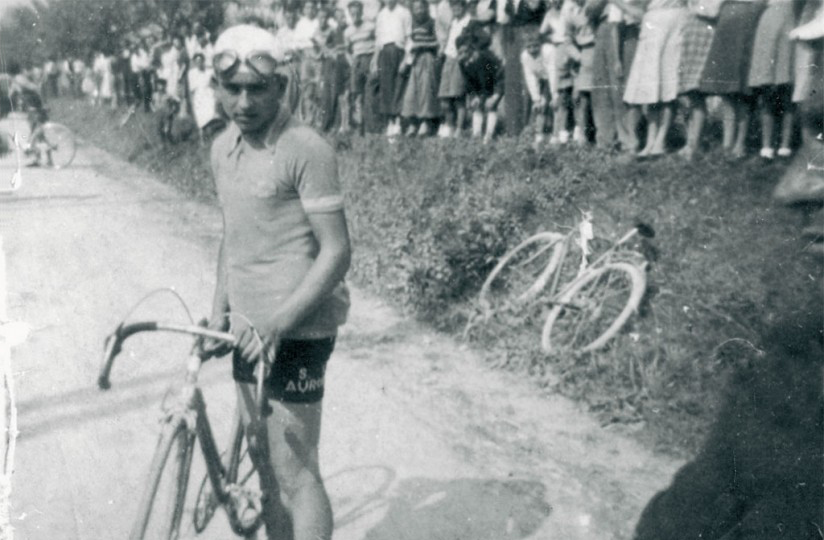
1949—The Dawn
Ernesto Colnago’s first success as a cyclist comes at the Coppa Gabellini race. It’s followed by a further twelve victories.
Safety
Ernesto Colnago's own nascent cycling aspirations ended with a broken femur suffered during a crash, so the myopic focus on the safety is one of the most important pieces of the Colnago puzzle. For example, each individual piece of every C60 receives a unique serial number that's hand-logged in a quality control book after being inspected at every step of the manufacturing process. This may seem excessive, but the benefits are evident in Colnago's equally excessive testing protocols.
The standard ISO test for bicycles requires the frame to survive a single impact of a 50 lbs. weight dropped from a height of 212 millimeters. For its own testing, Colnago begins where other manufacturers end, starting with those requirements and gradually increasing the height over multiple, successive impacts. Every carbon model the Italian manufacturer produces is subjected to this process, culminating with the same weight dropped from 1,050 millimeters. A frame only earns its Colnago head badge when it can pass this rigorous testing.
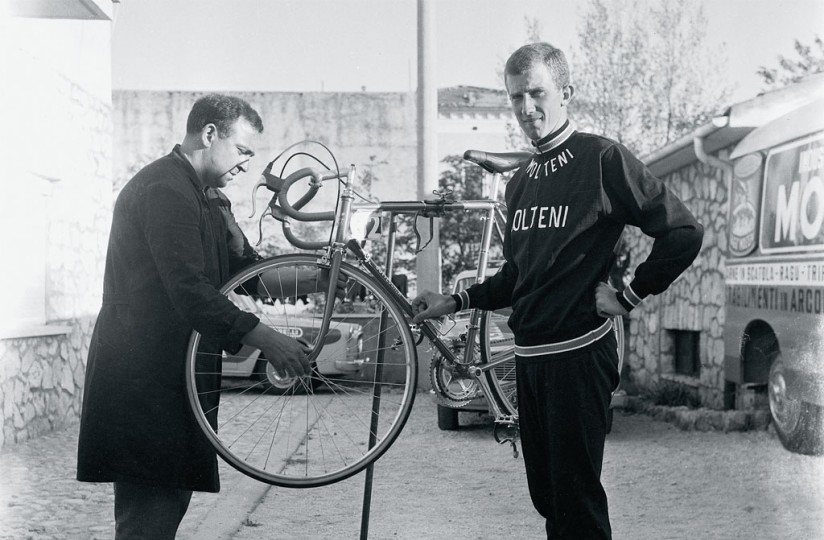
1957 — Made-to-Measure
Gastone Nencini triumphs at the Giro d’Italia on a bike with a custom geometry tailor made for him by Ernesto.
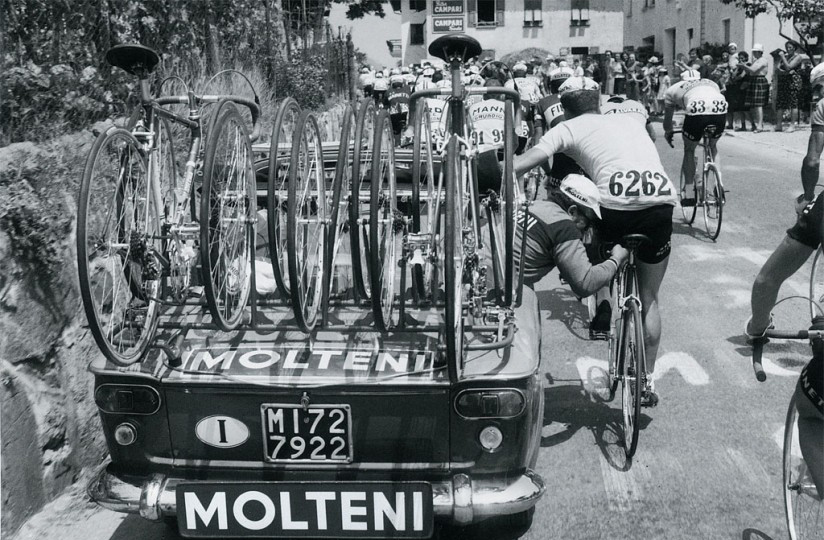
1964 — Italian Team Mechanic
From Sallanches in 1964 to Barcelona in 1973, Ernesto Colnago is mechanic for the Italian national team at 10 world championships.
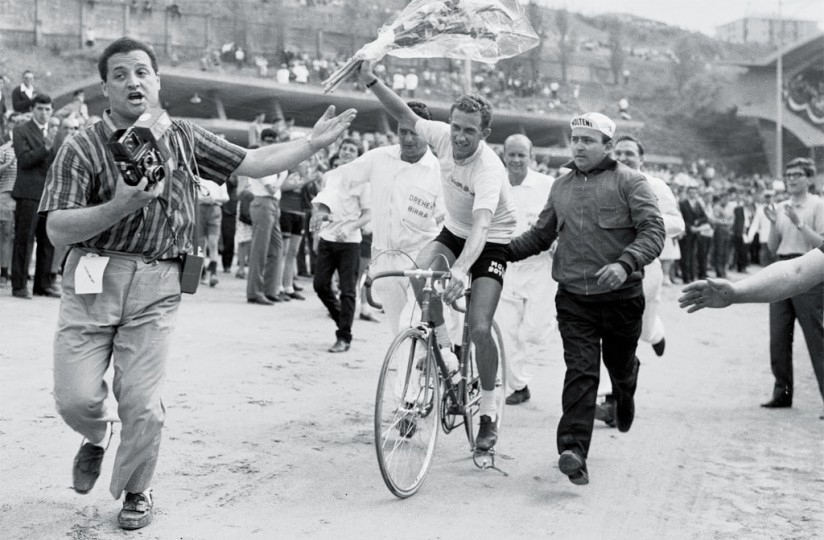
1966 — Motta's Big Year
Gianni Motta wins the Giro d’Italia and finishes second at Milan-San Remo. Ernesto Colnago is at his side throughout, providing technical expertise and moral support.
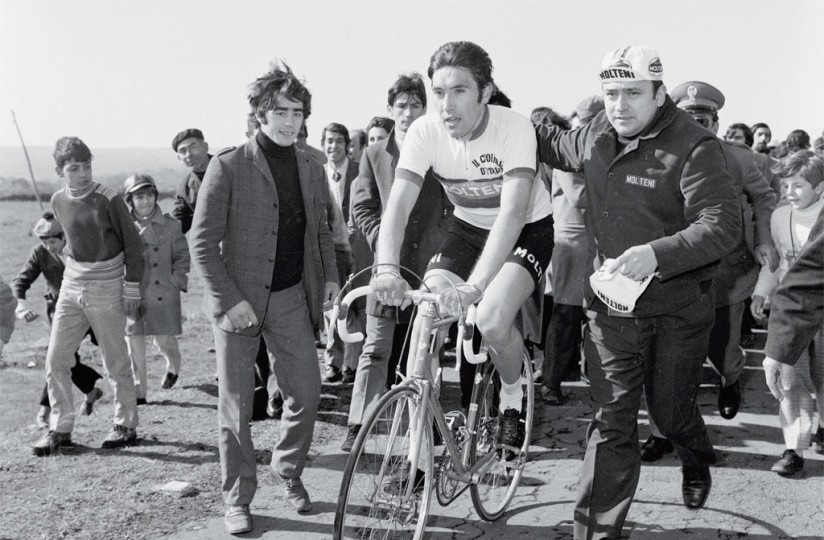
1971 — Merckx Wins Sanremo
Belgian legend Eddy Merckx wins Milano-Sanremo on a Colnago bicycle with his own name on the down tube. It was Ernesto Colnago’s idea to create a bicycle with the ace of clubs logo and Merckx’s name. In one move, Colnago started the custom bicycle boom.
Weight
Given the insistence on safety, Colnago has found itself immune to one of the cycling industry's most pervasive obsessions: weight. While frames like the C60 and V1-R are no heavier than other bikes in the peloton, Ernesto himself sees obsessive weight loss as a regressive trend that compromises the bicycle's function in pursuit of sexier tech sheets. Instead of marketing framesets under the low-weight banner, Colnago opts to focus on ride quality, safety, and frame longevity. This approach suggests that the willingness to shed grams at any cost overlooks a critical component—that a bicycle is built to be ridden, not just hung on a scale.
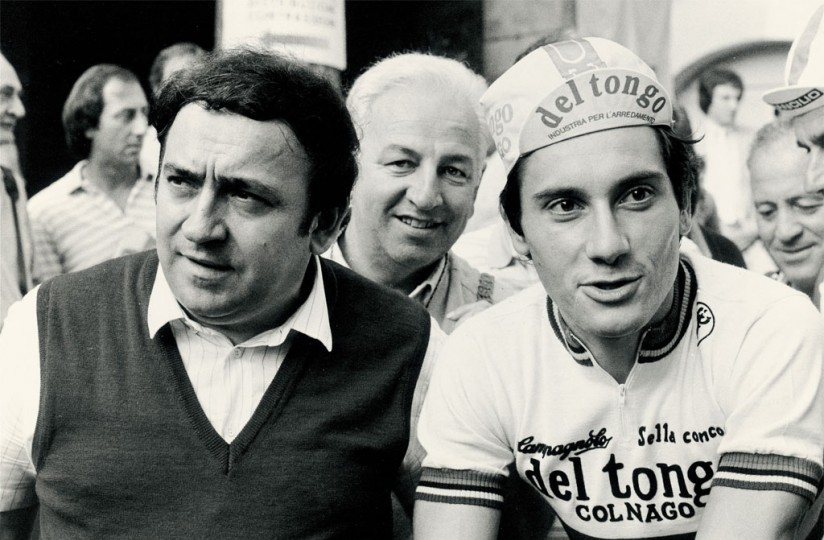
1979 — The Saronni Era Begins
Giuseppe ‘Beppe’ Saronni has a big win in the Tour de Romandie and then explodes into the Giro d’Italia, winning the Italian grand tour at only 21 years and 8 months. Colnago and Saronni’s close friendship endures to this day.
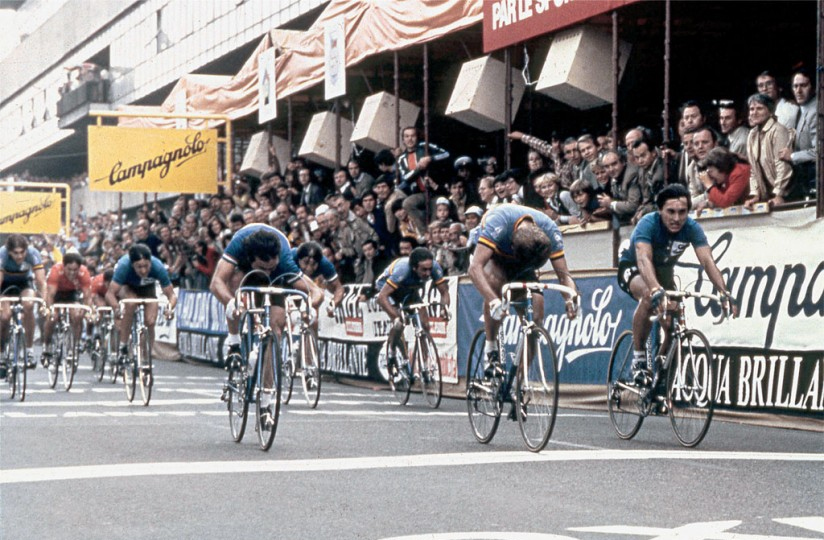
1981 — Colnago Goes One-Two At Worlds
In Prague Road World Championships, Freddy Maertens beats Saronni on the line, giving the top two podium spots to racers aboard Colnagos.
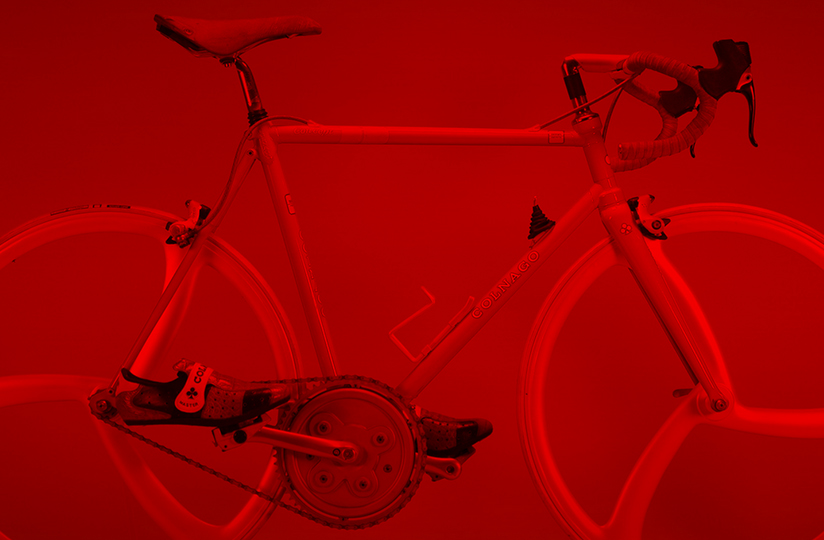
1987 — First Carbon Fiber Prototype
The first fruit of Colnago and Ferrari Engineering’s cooperation is the Concept bicycle, with carbon fiber tubes, composite three-spoke wheels, and an enclosed gear. The unusual drivetrain makes it too heavy for production, but lessons learned from this project will come to influence Colnago's production carbon fiber bicycles.
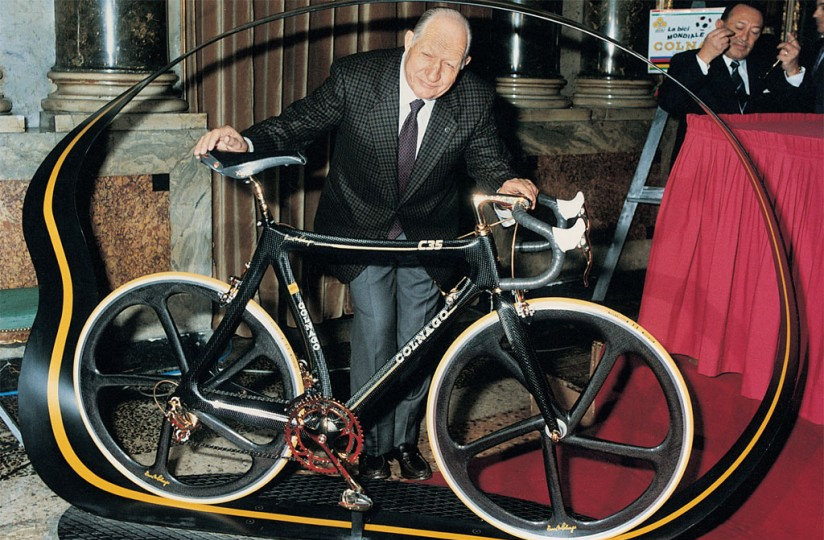
1989 — C35 Marks Colnago's 35th Anniversary
To celebrate 35 years of Colnago Cycles, Colnago introduces the C35, a carbon composite frame with elegant curving lines. Developed from the work with Ferrari Engineering, the C35 becomes an oft-copied design landmark.
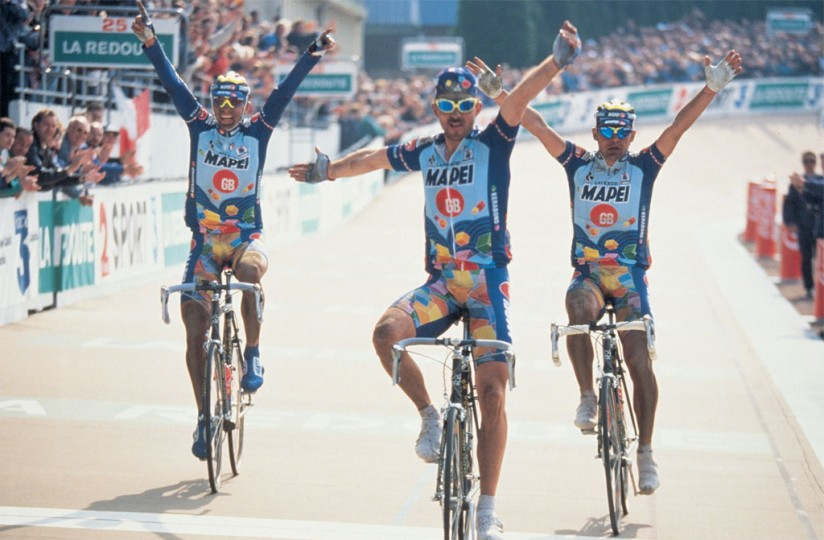
1994 — The Mapei Era Begins
Over a nine-year period Mapei riders go on to win five Paris-Roubaix on Colnagos. In 1996, Museeuw, Bortolami, and Tafi sweep the podium at Paris Roubaix aboard the C40.
Ride Quality
Next to the vacuous "performance," ride quality may be the single most over-used code phrase in the cycling industry. Its frequent appearance in industry literature elides the fact that, when people are using it, they're often doing so without providing a clear definition of what it means. Colnago's framesets afford the rare opportunity to qualify ride quality with three universal metrics: a forgiving ride, confident handling, and sprightly responsiveness.
This is due in equal parts to Colnago's geometries, construction ethos, and exclusive use of Toray 's guaranteed perfect, 100% Japan-source carbon fiber. During Ernesto's frame building history of almost seven decades, he not only watched the industry develop, but he played a significant role in directing that development with innovations like the straight Precisa fork and tighter wheelbases. Given that history, Ernesto and his company are uniquely qualified to adopt the latest materials and manufacturing processes to the best effect. We suppose that "ride quality" as embodied by the above values is what happens when the — dare we say it — passionate expertise of a bygone era gets its hands on today's best materials.
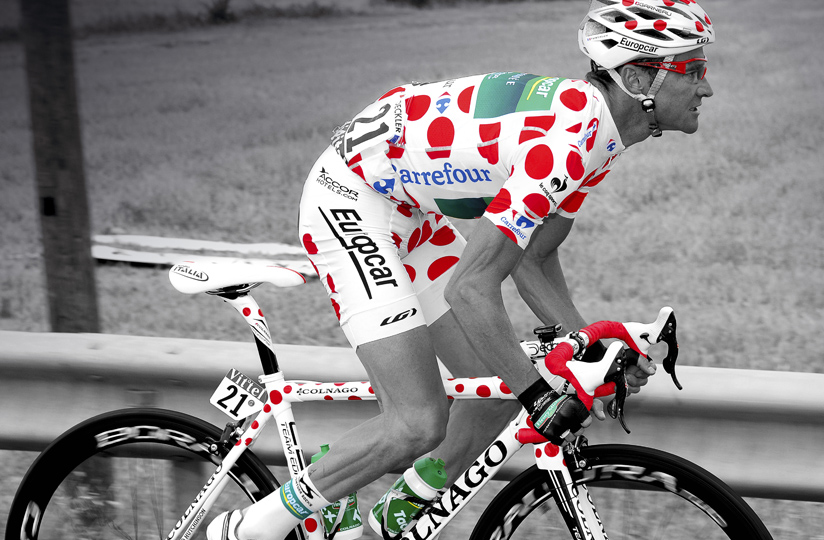
2000–Present
Thomas Voeckler, Team Europcar
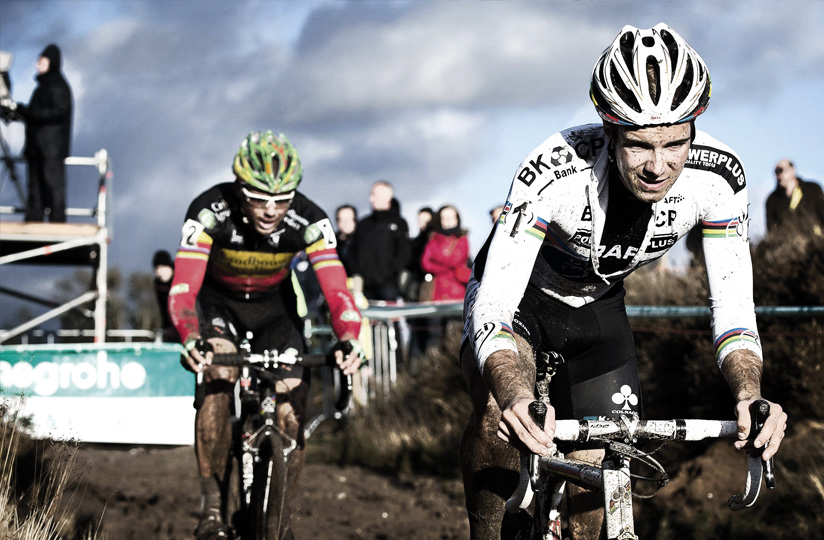
2000–Present
Sven Nys & Niels Albert
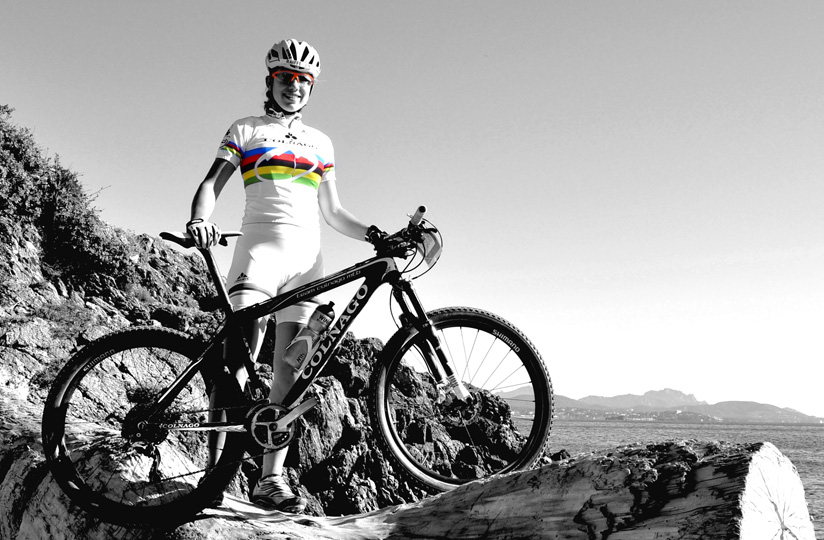
2000–Present
Andrea Waldis, Team Colnago Fabre Sudtirol

2000–Present
Yukiya Arashiro, Team Europcar





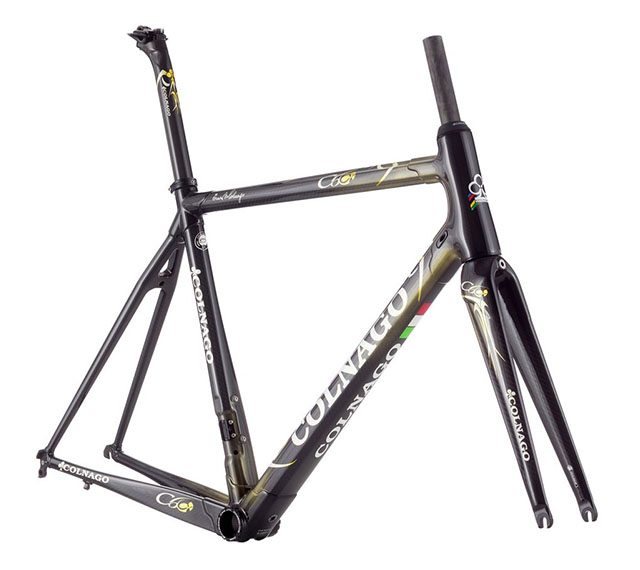
C60
Colnago's pro-level superbike is a masterpiece of Italian craftsmanship.
- 100% Japanese-sourced Toray carbon fiber
- Lugged tube-to-tube construction
- Toray carbon fiber fork with tapered steerer tube

CX Zero Evo
This uncompromising race machine ensures that no watts go to waste.
- 100% Japanese-sourced Toray carbon fiber frame
- Shimano Dura Ace 9000 eleven-speed groupset
- Shimano Dura Ace C24 wheelset

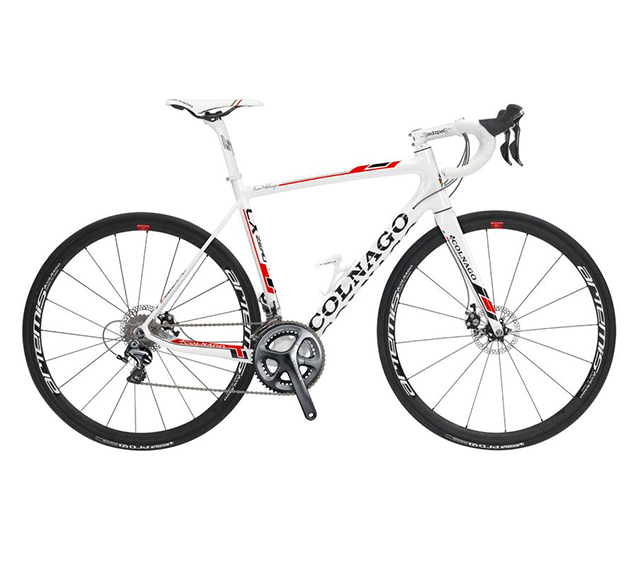
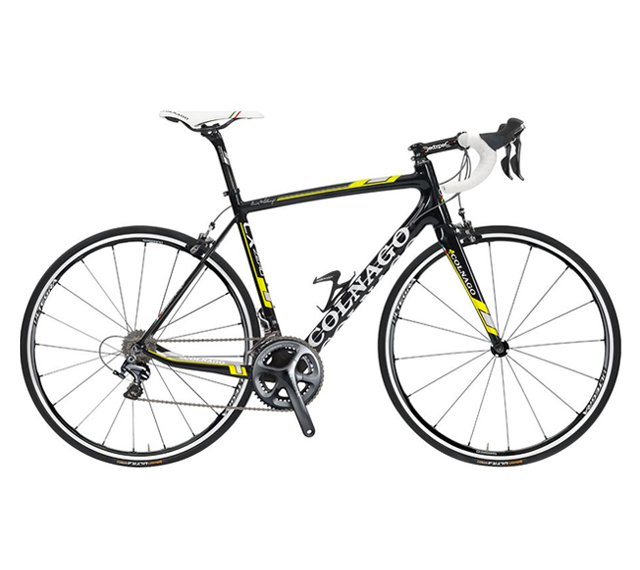
CX Zero Disc
Endurance geometry and disc brakes make this an endurance racer's dream.
- 100% Japanese-sourced Toray carbon fiber frame
- Shimano Ultegra Di2 groupset with hydraulic disc brakes
- DT Swiss R24 Disc wheelset

Prestige Disc
The Prestige is a no-compromise tool for the highest levels of 'cross racing.
- 100% Japanese-sourced Toray carbon fiber frame
- Shimano Ultegra 6800 eleven-speed group with hydraulic disc brakes
- DT Swiss 444 Rims laced to Joytech hubs

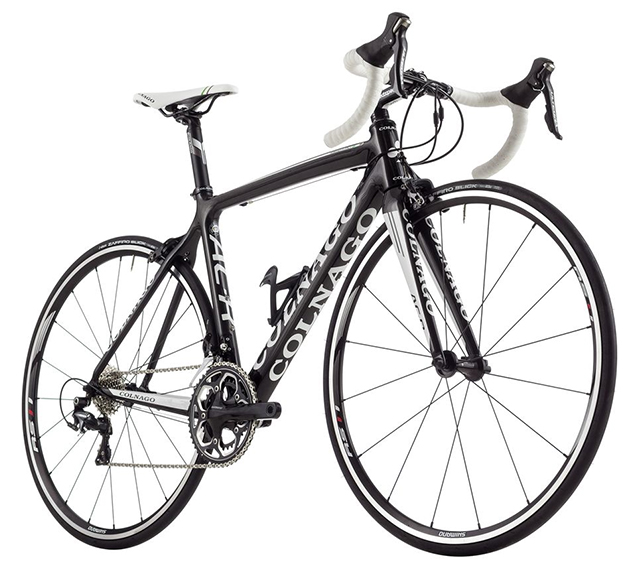
AC-R
Inspired by Colnago's pedigree, the AC-R proves that "entry level" is entirely relative.
- 100% Japanese-sourced Toray carbon fiber frame
- Shimano Ultegra 6800 groupset
- Shimano RS11 Clincher wheelset
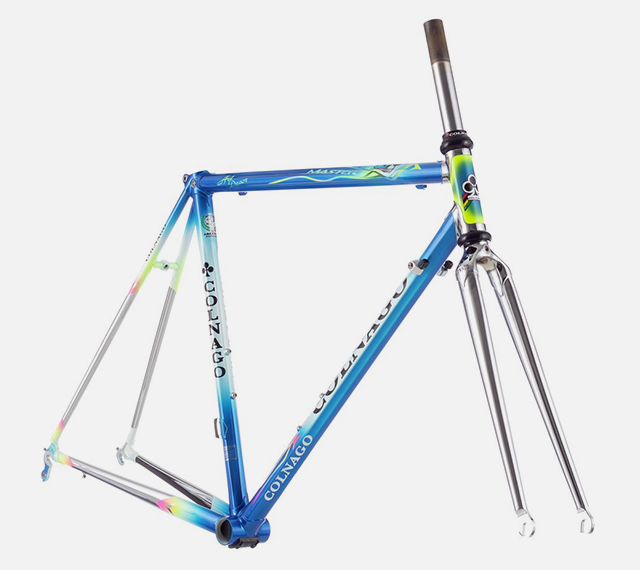
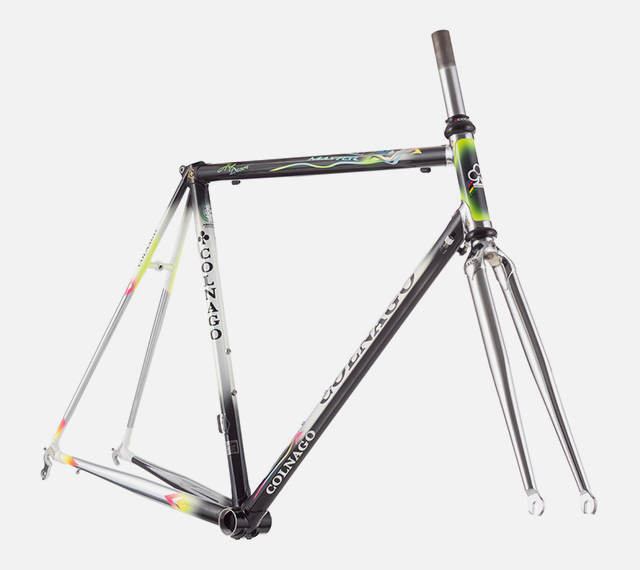
Master
The Master wouldn't be out of place in the Louvre, but it belongs in the peloton.
- Italian-built DT15V steel lugged frame
- Forcella Precisa DT15V straight-blade fork
- 70mm Italian threaded bottom bracket
History
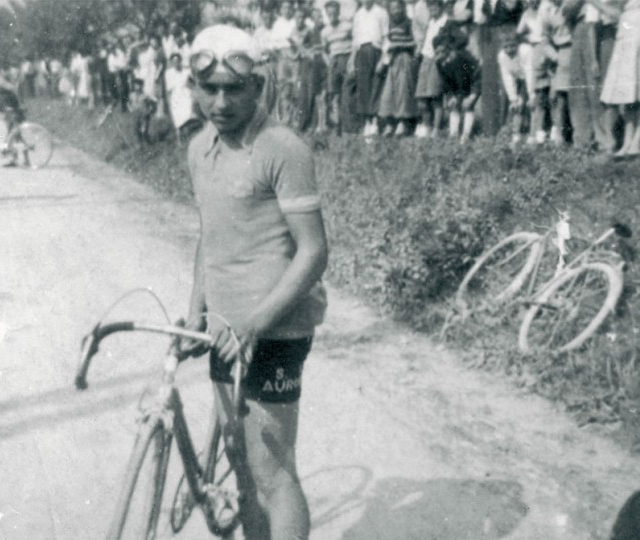
1949—The Dawn
Ernesto Colnago’s first success as a cyclist comes at the Coppa Gabellini race. It’s followed by a further twelve victories.
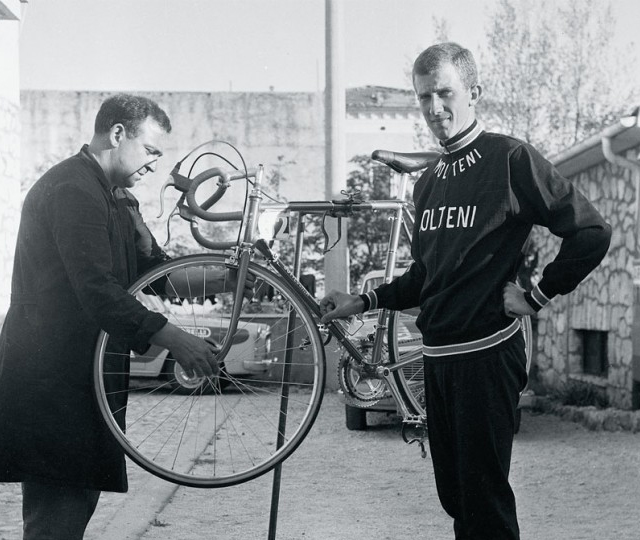
1957 — Made-to-Measure
Gastone Nencini triumphs at the Giro d’Italia on a bike with a custom geometry tailor made for him by Ernesto.
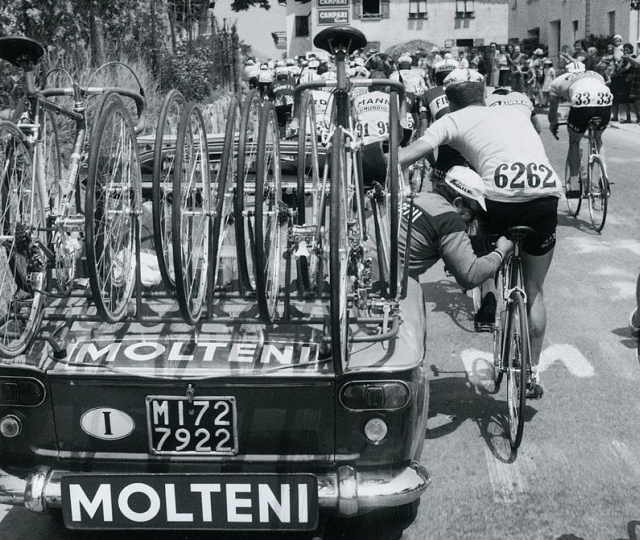
1964 — Italian Team Mechanic
From Sallanches in 1964 to Barcelona in 1973, Ernesto Colnago is mechanic for the Italian national team at 10 world championships.
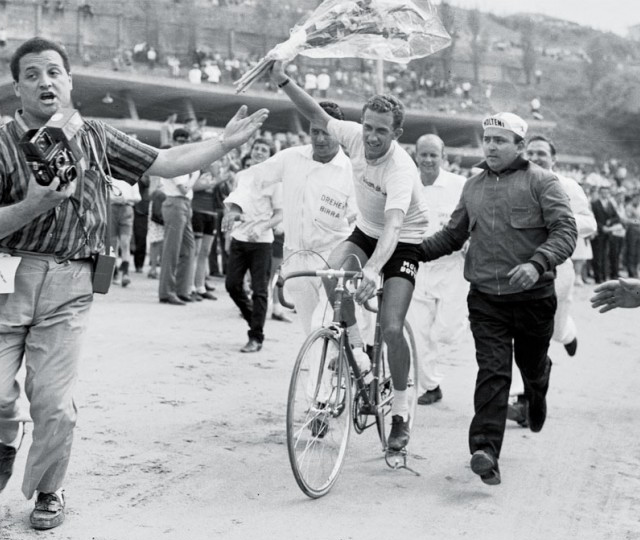
1966 — Motta's Big Year
Gianni Motta wins the Giro d’Italia and finishes second at Milan-San Remo. Ernesto Colnago is at his side throughout, providing technical expertise and moral support.
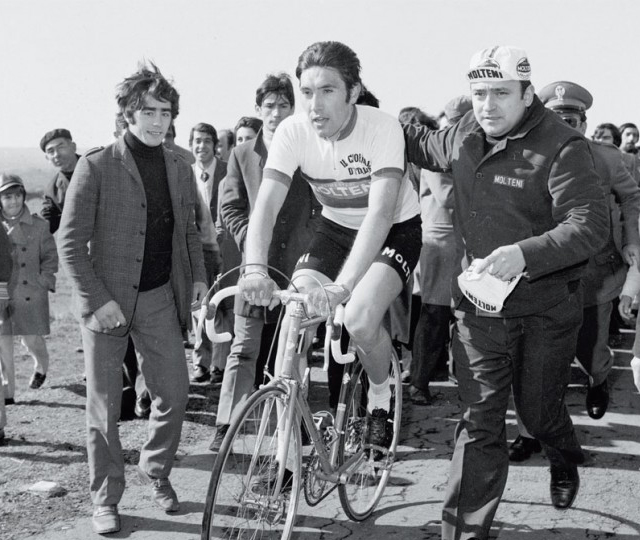
1971 — Merckx Wins Sanremo
Belgian legend Eddy Merckx wins Milano-Sanremo on a Colnago bicycle with his own name on the down tube. It was Ernesto Colnago’s idea to create a bicycle with the ace of clubs logo and Merckx’s name. In one move, Colnago started the custom bicycle boom.
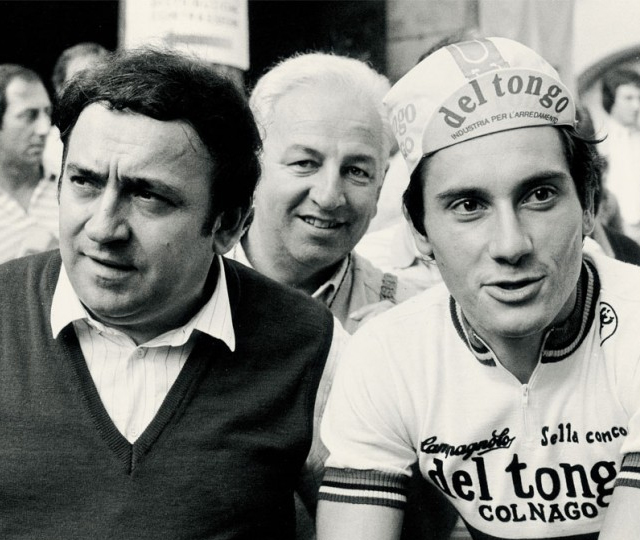
1979 — The Saronni Era Begins
Giuseppe ‘Beppe’ Saronni has a big win in the Tour de Romandie and then explodes into the Giro d’Italia, winning the Italian grand tour at only 21 years and 8 months. Colnago and Saronni’s close friendship endures to this day.
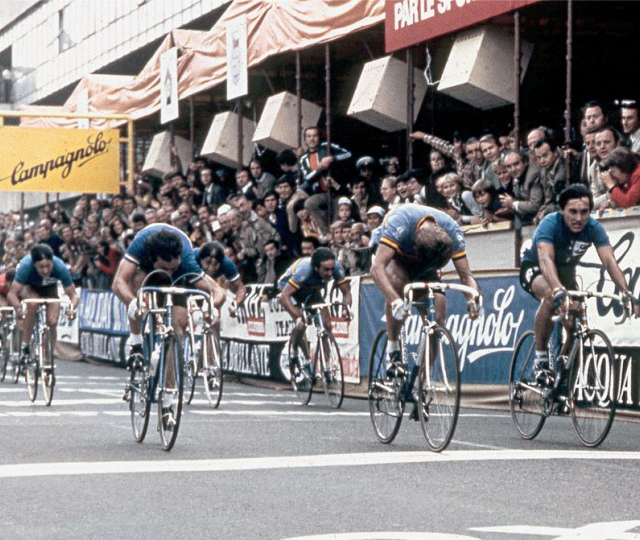
1981 — Colnago Goes One-Two At Worlds
In Prague Road World Championships, Freddy Maertens beats Saronni on the line, giving the top two podium spots to racers aboard Colnagos.
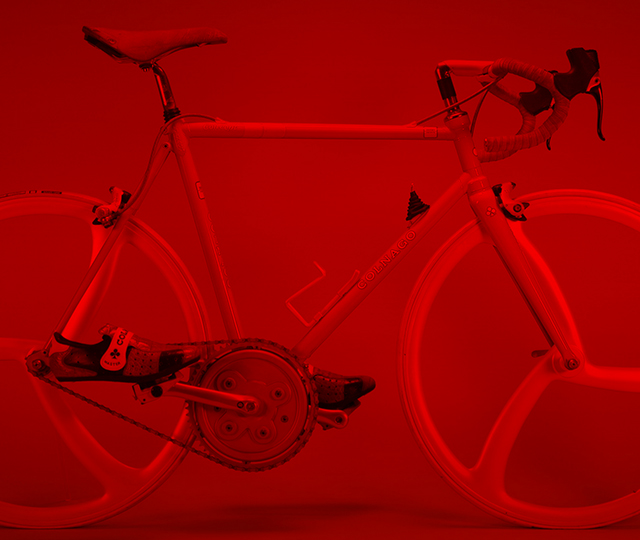
1987 — First Carbon Fiber Prototype
The first fruit of Colnago and Ferrari Engineering’s cooperation is the Concept bicycle, with carbon fiber tubes, composite three-spoke wheels, and an enclosed gear. The unusual drivetrain makes it too heavy for production, but lessons learned from this project will come to influence Colnago's production carbon fiber bicycles.
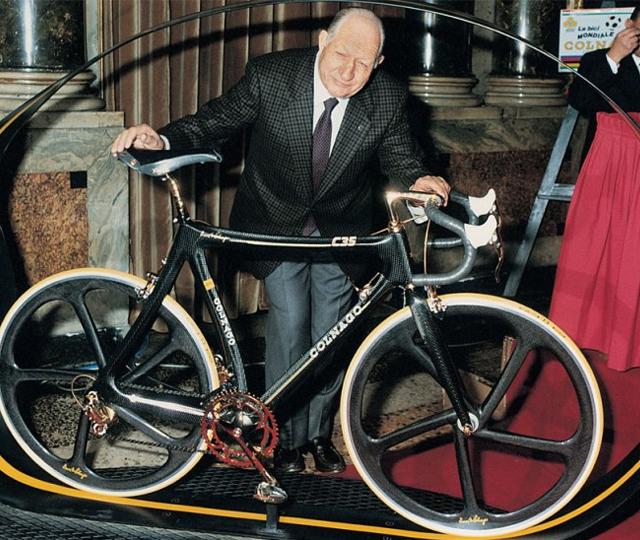
1989 — C35 Marks Colnago's 35th Anniversary
To celebrate 35 years of Colnago Cycles, Colnago introduces the C35, a carbon composite frame with elegant curving lines. Developed from the work with Ferrari Engineering, the C35 becomes an oft-copied design landmark.
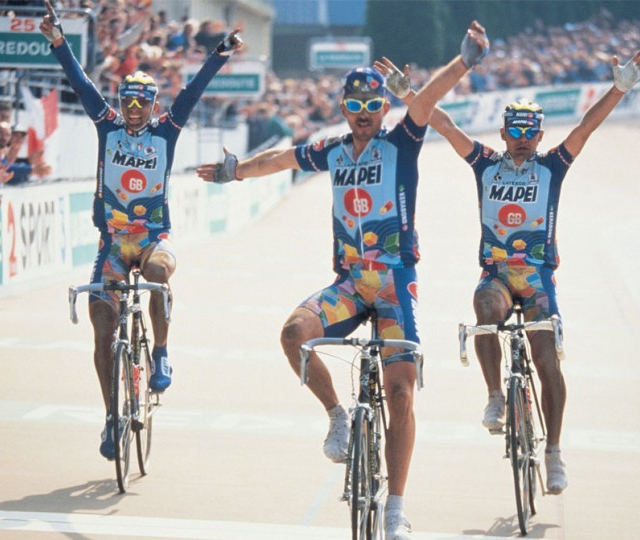
1994 — The Mapei Era Begins
Over a nine-year period Mapei riders go on to win five Paris-Roubaix on Colnagos. In 1996, Museeuw, Bortolami, and Tafi sweep the podium at Paris Roubaix aboard the C40.

2000–Present
Thomas Voeckler, Team Europcar
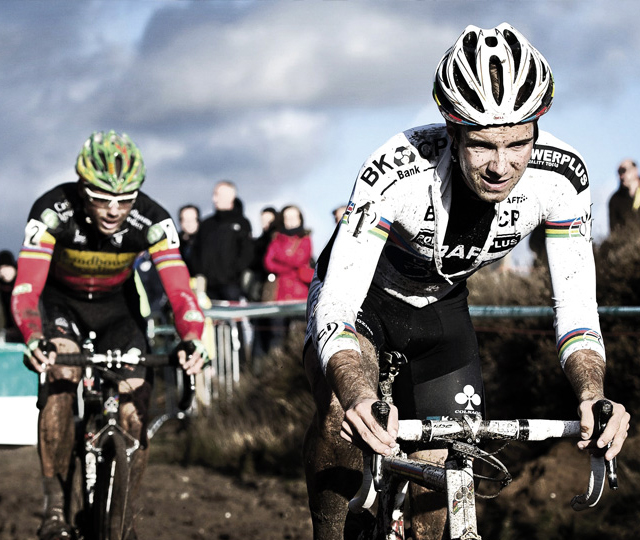
2000–Present
Sven Nys & Niels Albert
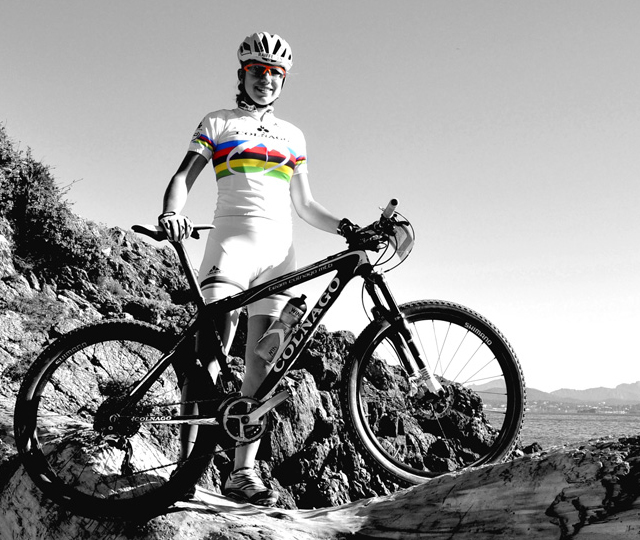
2000–Present
Andrea Waldis, Team Colnago Fabre Sudtirol
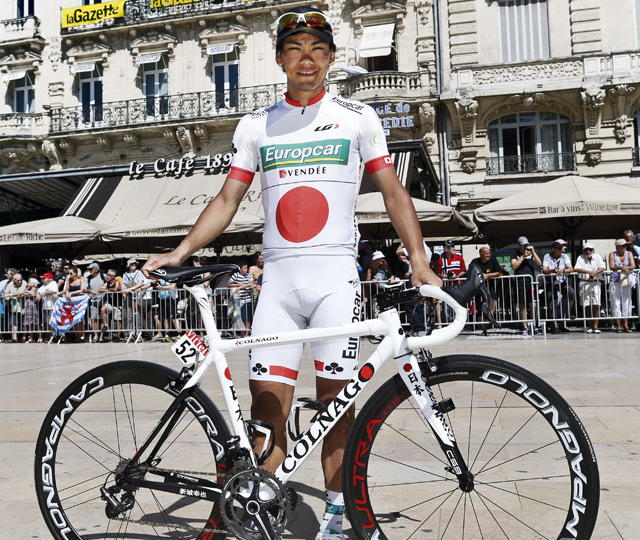
2000–Present
Yukiya Arashiro, Team Europcar









